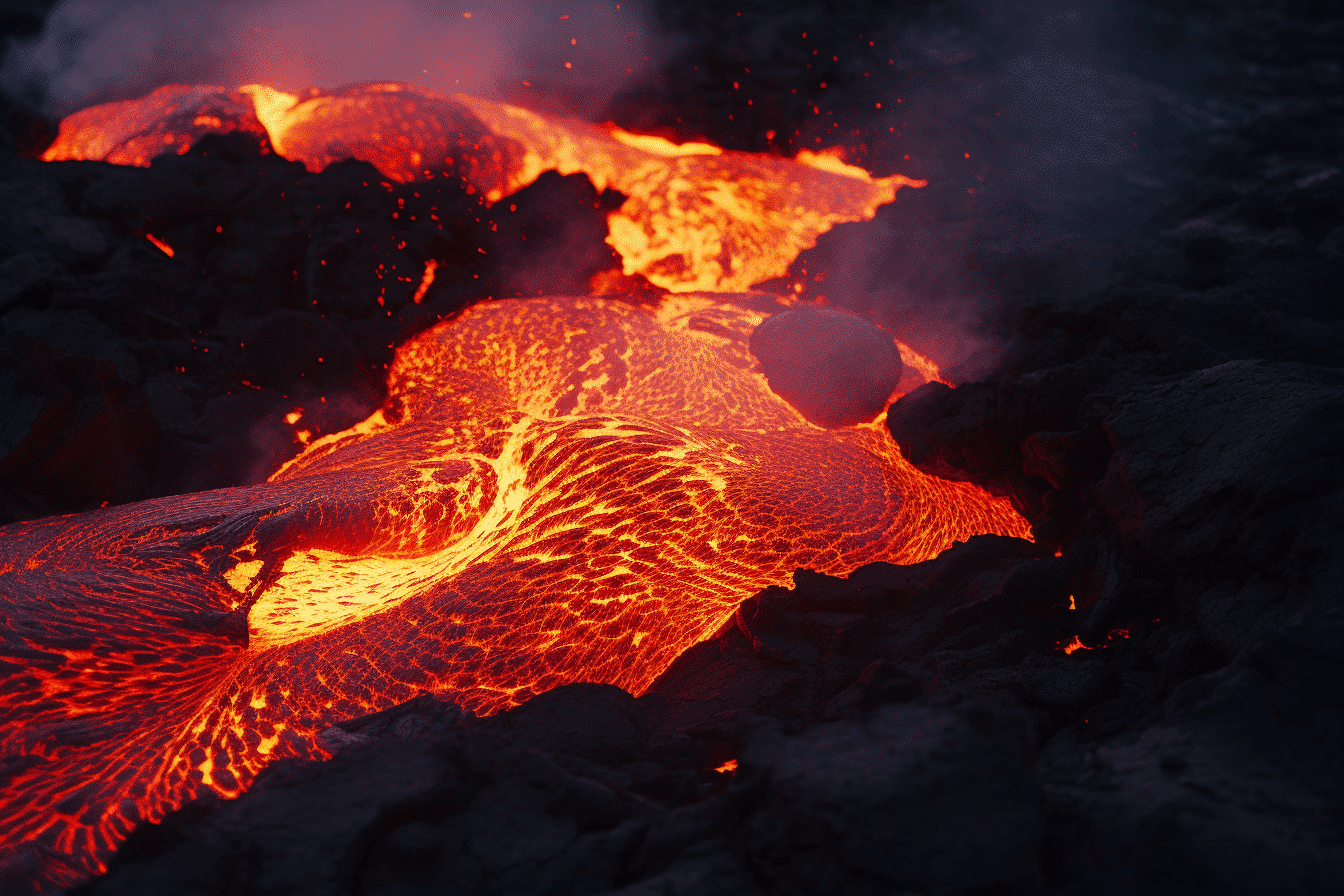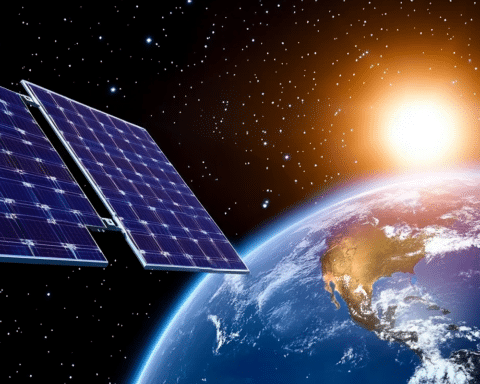In a dramatic display of nature’s raw power, southwestern Iceland became the stage for a volcanic eruption that illuminated the night sky with a flash of light and sent semi-molten rock soaring into the air. This event, occurring on Monday night near Grindavik, exemplifies the volatile beauty of a region famed for its fiery eruptions amidst icy landscapes. The Icelandic Meteorological Office reported the eruption occurring approximately four kilometres from Grindavik, leading to the evacuation of this town close to Iceland’s main airport.
Iceland, positioned over a volcanic hotspot in the North Atlantic, witnesses eruptions relatively frequently, averaging one every four to five years. The most notable recent eruption was in 2010 when the Eyjafjallajokull volcano disrupted European airspace with extensive ash clouds. However, this recent eruption on the Reykjanes Peninsula, located about 50 kilometres southwest of Reykjavik, was not anticipated to release significant ash. Bjarne Benediktsson, Iceland’s foreign minister, reassured via Twitter that flight operations remained uninterrupted.
The eruption’s live footage, set against a backdrop of Christmas carols, was streamed by Icelandic broadcaster RUV. By early Tuesday afternoon, the eruption’s intensity was reported to be waning by the Icelandic Meteorological Office, with the lava flow reducing to a quarter of its initial volume. Prime Minister Katrin Jakobsdottir indicated that the lava was not threatening vital infrastructure and that the flow’s direction appeared favourable, although changes were possible.
The Grindavik evacuation meant fewer people were harmed during the eruption. Yet, the event evoked mixed emotions among the residents of this fishing community of 3,400, many of whom were still in temporary shelters. Ael Kermarec, a French tour guide residing in Iceland, expressed awe and apprehension about the town’s future.
Scientists, including Magnus Tumi Gudmundsson, have been closely monitoring the eruption, noting that the volume of lava surpassed that of a monthlong eruption earlier in the year. While the eruption’s intensity is expected to decrease, its duration remains uncertain.
Matthew Watson, a volcanology professor, cautioned tourists about potential hazards, emphasizing the unpredictability of volcanic activities. The eruption’s visual spectacle has drawn attention worldwide, with tourists like Robert Donald Forrester III from the United States expressing amazement at the scene.
This eruption in Iceland reminds us of our planet’s dynamic nature, showcasing an awe-inspiring yet potentially destructive force. While captivating to observers and scientists alike, it underscores the importance of preparedness and respect for nature’s unpredictable power. As Iceland continues to balance its unique geological identity with the safety of its residents and visitors, this eruption serves as a testament to the enduring allure and respect commanded by nature’s most spectacular displays.

